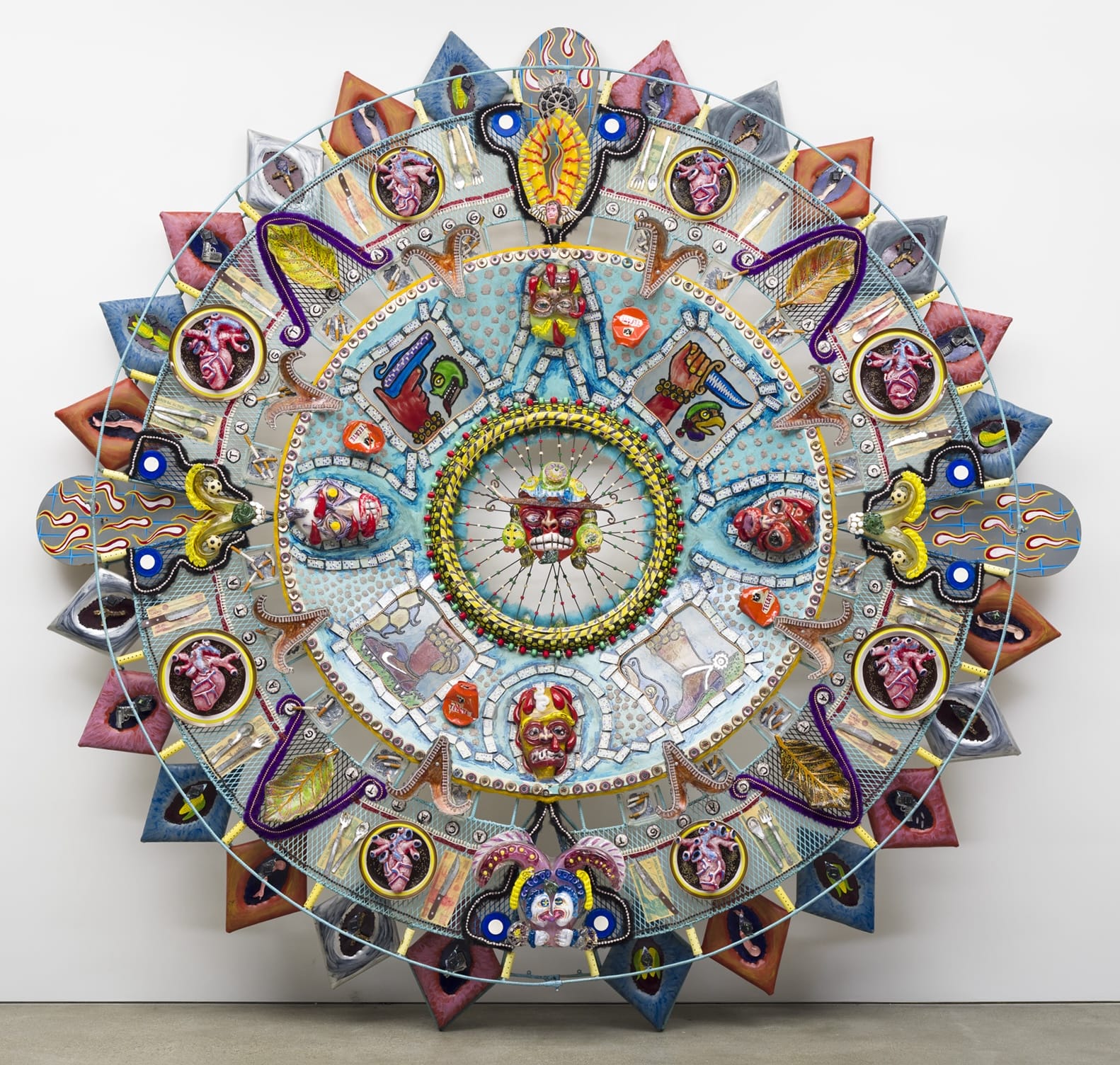When it comes to typography, the terms typeface vs font are often used interchangeably, but they refer to distinct concepts. Understanding the difference between a typeface and a font is essential for designers, marketers, and anyone working with text. In this article, we’ll break down what sets them apart, why it matters, and how to use them effectively in your projects.
Table of Contents
What is a Typeface?
A typeface is the overall design of a set of characters, including letters, numbers, and symbols. Think of it as the “family” of typography. For example, Helvetica, Times New Roman, and Arial are all typefaces. Each typeface has a unique style, weight, and aesthetic that sets it apart from others. Typefaces are created by designers and can include various styles, such as serif, sans-serif, script, or decorative.
What is a Font?
A font, on the other hand, refers to a specific variation of a typeface. It’s the digital file or the physical representation of the typeface in a particular size, weight, and style. For instance, Helvetica Bold 12pt is a font, while Helvetica itself is the typeface. Fonts are the tools we use to apply typefaces in real-world applications, whether in print or on screens.
The Key Difference Between Typeface and Font
The main difference between typeface vs font lies in their scope. A typeface is the design, while a font is the implementation of that design. To put it simply, a typeface is what you see, and a font is what you use. This distinction became more relevant with the advent of digital typography, where fonts are the files that allow us to use typefaces on computers and other devices.
Why Does It Matter?
Understanding the difference between typeface and font is crucial for effective design and branding. Choosing the right typeface sets the tone for your content, while selecting the appropriate font ensures readability and consistency. For example, a sleek sans-serif typeface like Futura might be perfect for a modern brand, but using the right font (e.g., Futura Medium 14pt) ensures it looks great across all platforms.
Practical Applications of Typeface vs Font
- Branding: A consistent typeface helps establish brand identity, while fonts ensure uniformity in marketing materials.
- Web Design: Using web fonts (like Google Fonts) allows designers to maintain consistency across different devices and browsers.
- Print Design: Choosing the right font size and weight ensures legibility in printed materials like brochures or posters.
Common Misconceptions About Typeface and Font
Many people confuse typeface and font, especially since digital tools often use the terms loosely. However, knowing the difference can elevate your design work and help you communicate more effectively with clients or team members.
Conclusion
In the debate of typeface vs font, the key takeaway is that typefaces are the design, and fonts are the tools that bring those designs to life. Whether you’re a designer, marketer, or just someone interested in typography, understanding this distinction can improve your work and help you make more informed decisions. Next time you’re choosing a typeface or font, remember: the typeface sets the style, and the font makes it functional.


